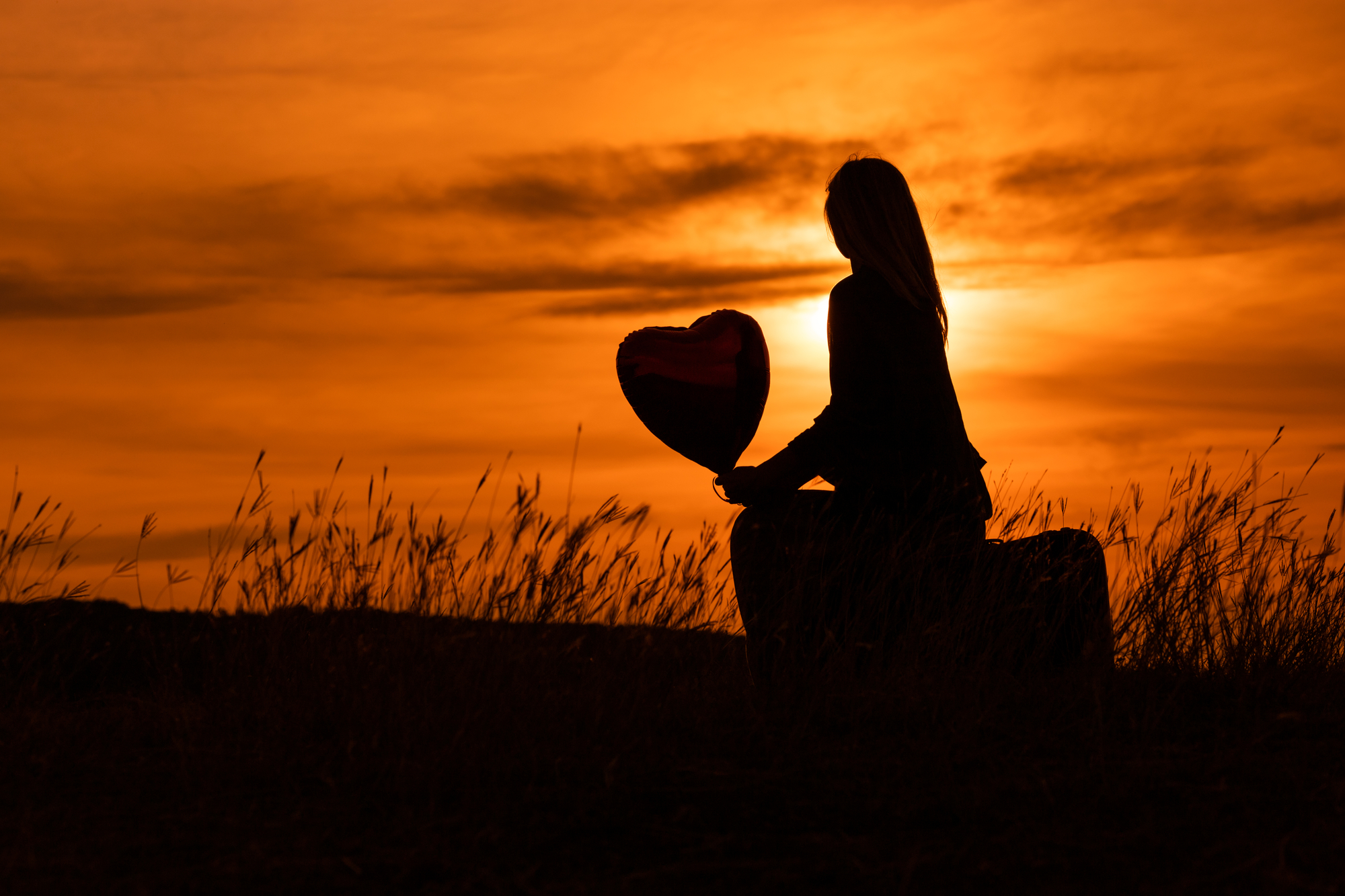
Connections, Coregulation, and Communion
May 10, 2024
Call me strange, but I love wordplay, puns and the infamous “dad jokes.” I can get quite giddy at times when one is aptly applied. You may disagree, but I will forever defend their value. Be it corny or clever, all exemplify an important muscle of the imagination; to draw a connection or relationship between seemingly unrelated things.
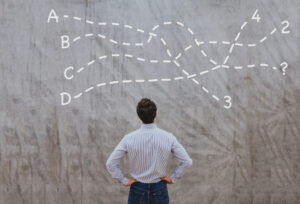
Seemingly. This is the key word. Some things are connected even when you don’t immediately see it. Isn’t this a reflection of God? For nothing God creates is random, yet we can easily overlook, discount, or simply misunderstand how things are connected in the way that God created them to be. If we can see small connections in little things like words and phrases, then perhaps that practice enables us to see the bigger, more significant connections.
Finding a small connection in a silly instance brings a moment or a spark of joy. But these bigger connections — the God connection — can produce a profound sense of the wonder, amazement, and ultimately humility in seeing how God is connected to all things.

The beauty of Theology of the Body overwhelms me; my sense of understanding ironically only casts me to a new place, where I see another correlation and just like that, I am once again led to a position where I discover yet another connection. It is an endless spiral upward toward the God who has connected it all. His intention is for me to follow it, up and up, growing closer and closer to Him. It makes my head hurt to think about it!
In my “backstage” work for our “TOB Campus” offering, ongoing educator training and formation, I had another “head hurting” moment as yet another seemingly unrelated TOB connection was revealed!

“Coregulation” is a psychological term that describes how the nervous system of one person can affect the nervous system of another person. The idea that “laughter is contagious,” comes from this phenomenon. A friend of Ruah Woods Institute, Sr. John Dominic Rasmussen, OP and her colleague, Dr. Karen Villa, published a book called “Raised in Grace.” In it, they posit that coregulation is designed by God to experience coregulation with God, and they draw a direct correlation to the Eucharist. Not only did Christ take on a bodily form to meet, minister to, and share our burdens, ultimately sacrificing His human body for our sake, but He also left us His Body! Just as we can experience the state of other people’s experiences (fear, sadness, joy, anger, etc.), Christ has left us His BODY to experience His peace, His love, and His protection! He is truly present in Holy Communion, and in Eucharistic Adoration. He is available to us through His body. We can actually coregulate with our Lord.
This is yet another example of how we are made in His image and likeness! We are built to be coregulated to Him. He is the true north that our internal compasses are tuned to find; hence our need for Him — not just in spirit, but in His body too. The “Body-Soul Unity” Pope St. John Paul II speaks to in TOB is important to understand for so many reasons, and here is even another connection it makes. In understanding that we are both body and spirit, so too do we need both the body and spirit of Christ.
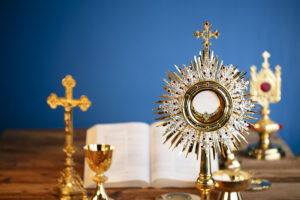
Holy Communion and Eucharistic Adoration are invitations to have our physical fears soothed, our sorrows consoled, our worries and anxieties calmed. We have the ultimate coregulator available to us, and it is accessible to us for free because He already paid the price.
This would not have happened if not for the body. Understanding the union of the body and soul as one is nothing short of amazing. Popular culture has somehow lost the sense of the sacramentality of the body, and in turn has lost its direction, all because it cannot see this unique and profound connection of the two.
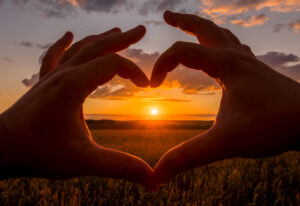
Perhaps if everyone could appreciate and exercise the mental muscle in the seemingly goofy, unimportant practice of word play, puns, and dad-jokes, it would enable us an enhanced ability to draw connections to this pivotal understanding and it would change our hearts, and that would then change the world. Granted, this is a bit of a leap, but you have to start somewhere, right?
The mission of Ruah Woods Institute is to help make these connections in the minds and hearts of all people about themselves, about others, and to our heavenly Father. This is a connection that not only makes me giddy to think about but will evoke great joy when someone else makes it — and that is no joke!
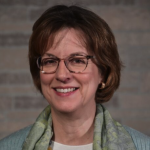
Written by,
Claudia Kimura, TOB Campus Administrator
ckimura@ruahwoods.org
Share